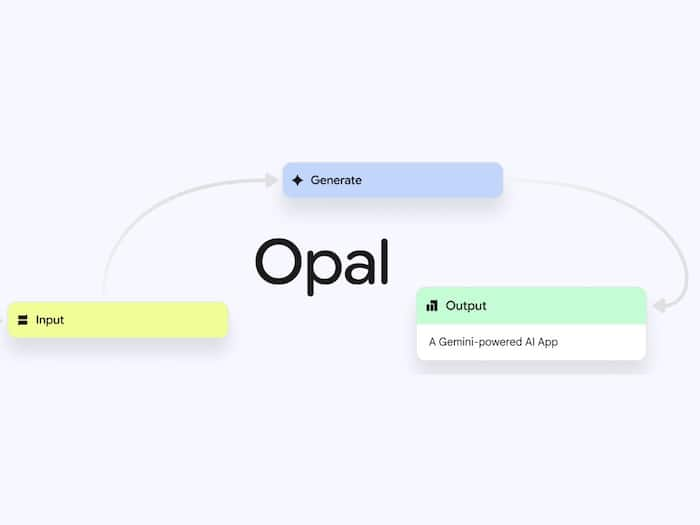
Written By Shubham Arora
Published By: Shubham Arora | Published: Oct 08, 2025, 03:20 PM (IST)

Google has expanded its AI-powered app development tool, Opal, to 15 new countries – including India. First launched in the U.S., Opal lets users build simple web apps by describing what they want in plain language, eliminating the need for coding skills. The move marks Google’s next step in making app creation more accessible globally. Also Read: How To Use The New “Power Saving” Mode On Google Maps
The expansion covers countries such as India, Japan, South Korea, Indonesia, Brazil, Canada, Singapore, and Argentina, among others. Announcing the rollout through its official blog, Google said the decision came after seeing a wave of creativity from early U.S. users who built not just fun projects but surprisingly sophisticated and practical tools using Opal. Also Read: iQOO 15 Too Expensive? 7 Flagship Phones To Compare Before You Buy
For now, Opal is free to use for anyone with a Google account in supported countries. Also Read: Google Meet Down In India: Users Unable To Join Calls
Megan Li, Senior Product Manager at Google Labs, shared that the response exceeded expectations, adding that early users showcased the kind of innovation Google hadn’t anticipated. “The ingenuity of these early adopters made one thing clear – we need to get Opal into the hands of more creators globally,” Li said.
Opal allows users to create mini web apps by typing simple prompts like “make a to-do list app” or “design a meal planner.” Using Google’s AI models, it then builds a prototype automatically, which users can tweak using a visual workflow editor – adjusting steps, refining prompts, or adding new actions. Once ready, the app can be shared instantly through a web link.
The tool is designed for accessibility, putting it in competition with no-code platforms like Figma, Canva, and Replit. With Opal, creators can focus on ideas rather than code, making it easier for students, entrepreneurs, and small businesses to build their own tools.
Along with the wider rollout, Google has also improved Opal’s performance. The company says the creation process is now much faster, and the debugging system has been upgraded to show real-time errors directly in the workflow. Opal can also now process multiple steps in parallel – reducing wait times and allowing more complex app designs.